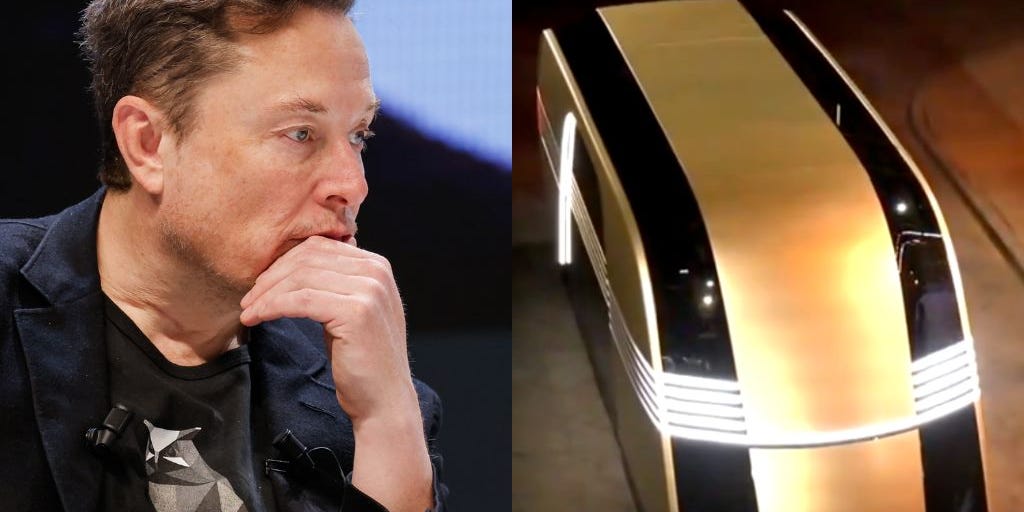- Tesla is making a ‘”crucial” error in its shift to robotaxis and robots, according to Ross Gerber.
- The shift is a flawed strategy as EVs make up most of Tesla’s revenue, the longtime investor said.
- Tesla’s Cybercab probably isn’t hitting the streets until at least 2028, Gerber predicted.
Tesla’s robotaxi event wasn’t exactly a success in the eyes of one long-time investor in Elon Musk’s car compnay.
According to Ross Gerber, the carmaker is making a big strategy error by focusing on full self-driving cars and robots. Tesla makes nearly all of its money on electric vehicle sales — and it faces some big challenges in its “other bets,”, the Gerber Kawasaki CEO said, speaking to Schwab Network on Friday, a day after Tesla’s robotaxi event.
“I didn’t think it was that bad per se, I just thought that their basic strategy is flawed, and I think that became pretty glaringly evident last night by completely pivoting to robots and trying to basically shun their EV sales business, which is really 95% of their revenue,” Gerber said shortly after Tesla’s “We, Robot” event, where the company unveiled its autonomous Cybercab and Cybervan models. “I think they’re making a crucial mistake.”
Gerber aired doubts about the self-driving cars ahead of the reveal last week. For one, Tesla faces competition with more established autonomous car services like Waymo, which has already deployed self-driving vehicles in major cities like San Francisco, Los Angeles, and Phoenix.
Gerber also criticized the design of the Cybercab, suggesting in a recent post on X that the car model should have a retractable steering wheel. Adding that feature would have boosted Tesla’s stock by 20 points, he later said, though shares fell more than 9% on Friday after the robotaxi event.
“You know, it either works or it doesn’t work, in my mind. And if it works, you’re Waymo and you’re driving around, and you’re picking up people and making money. If it doesn’t work, you’re Tesla, where I put it on, and I have to monitor it very closely, and I have to disengage fairly often.”
Meanwhile, the Cybercab is at least several years away from hitting the streets. While Tesla is aiming to roll out the car by the end of 2026, that probably means it won’t be widely available until at least 2028, Gerber estimated.
Gerber also raised concerns with Optimus, the humanoid robot Tesla is looking to make “the biggest product ever,” according to Elon Musk’s remarks at the robotaxi event. But the bots likely aren’t as independent as they appeared at the event, and it’s uncertain if they’ll be in demand among consumers, Gerber speculated.
“I’m glad the robot can walk and do weird dances on its own. But like, let’s be real. The robot’s not interacting with humans on their own and like, mimicking them and serving drinks,” he said. “And the other side of it is, do I want this tin can walking around my house? Zero percent chance.”
Tesla will likely roll out further price discounts over the coming quarters, which will cut into its profit margins, Gerber predicted.
“Tesla makes the best cars on the road. People want to buy them despite Elon, but the only way he’s getting people to do that is by giving away money.”
Gerber, who has turned more critical of Elon Musk and Tesla over the past year, previously said he would consider completely exiting his position in the company if Musk didn’t improve his image, or if Tesla didn’t show more commitment to boosting its sales.
Gerber’s investment fund shed another 41,150 Tesla shares in the second quarter, according to an August SEC filing, leaving around $57 million invested in the company.


